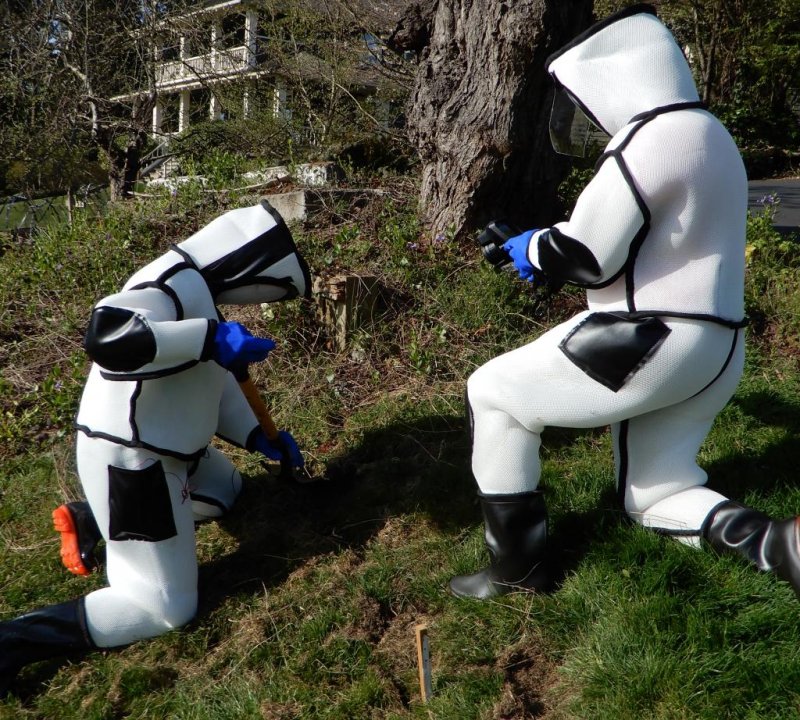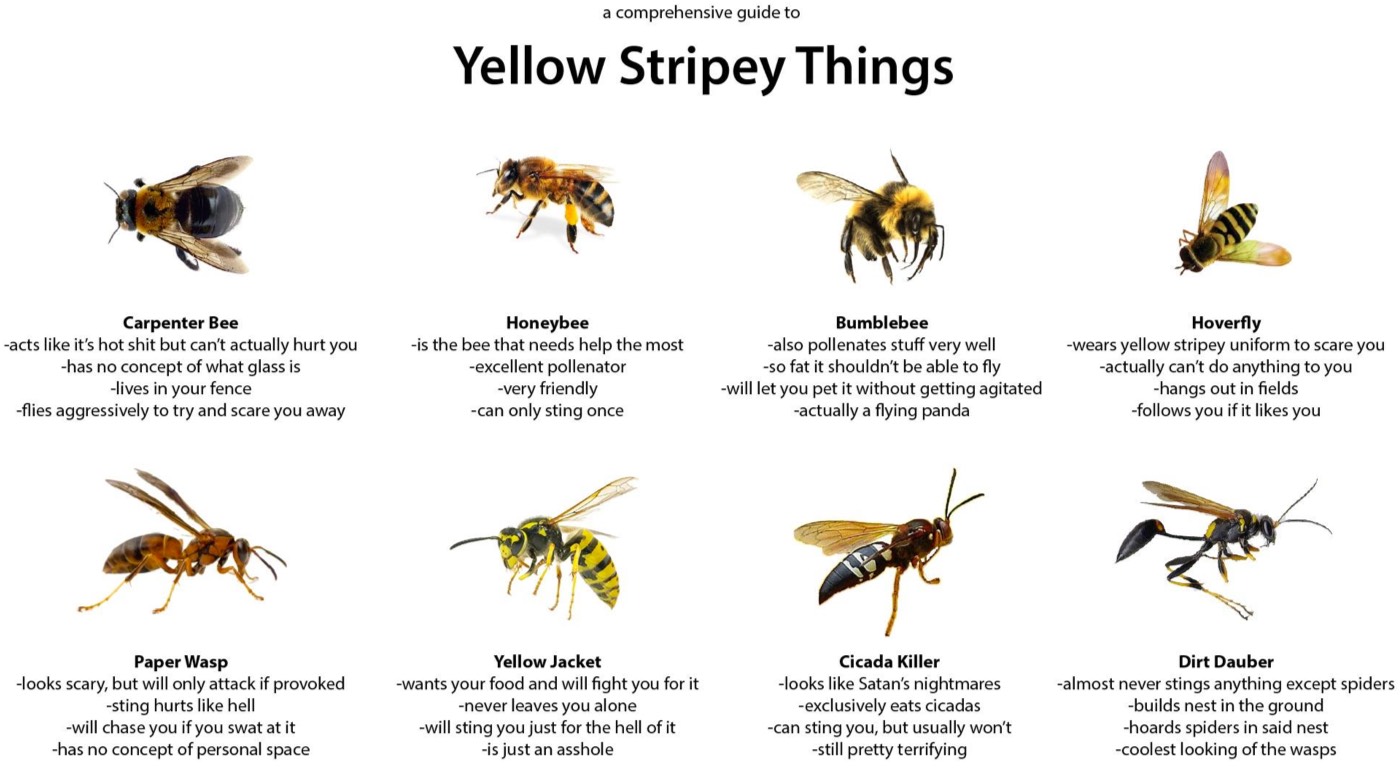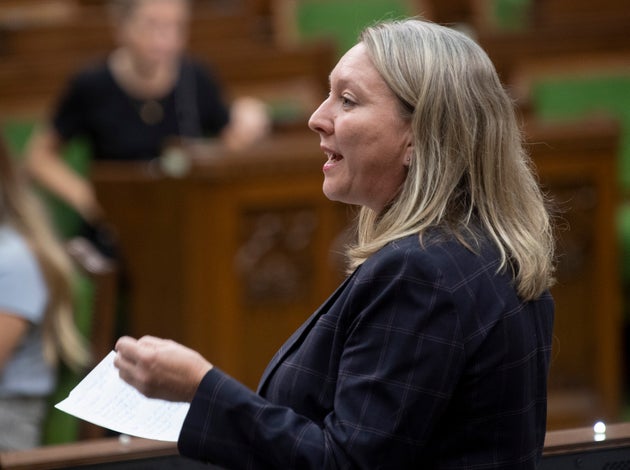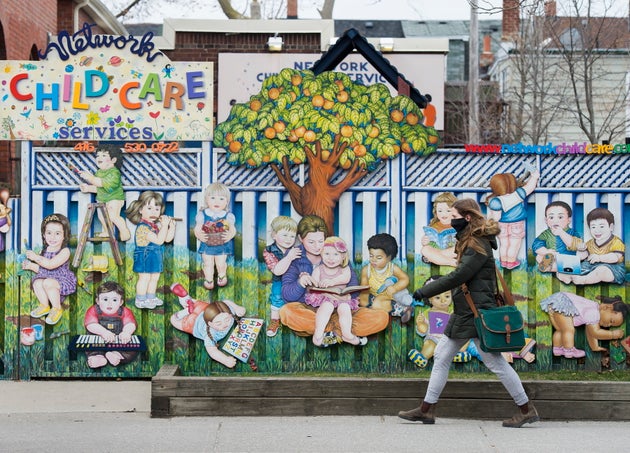Canada however is thus far saying nothing about the matter.

MARKHAM, ON- APRIL 16 - Erin Landry, patient care manager, in scrubs, and Jo-anne Marr, President and Chief Executive Officer (CEO) of Markham Stouffville Hospital on the loading dock pull in a donation from Klick Health of 10,000 N95 masks, with 2,000 of them earmarked for Participation House in Markham. April 16, 2020. (Steve Russell/Toronto Star via Getty Images)
OTTAWA — The Chinese embassy in Ottawa claimed Monday that the one million faulty N95 masks that arrived in Canada from China last month were the result of a "contractual" issue that has now been fixed.
Both Deputy Prime Minister Chrystia Freeland and Health Minister Patty Hajdu looked perplexed Monday when asked at their daily briefing about a statement posted to the Chinese embassy's Twitter account Monday morning.
"It's reported that (one) million face masks exported to Canada from China failed to meet proper standards for health-care professionals," the tweet said.
"The latest thing we've found out from communication with Global Affairs Canada is that the problem was a contractual matter and has been resolved."
Freeland looked puzzled and turned to Hajdu beside her shaking her head.
"We'll have to get details back to you," Hajdu said. "I'm sorry we don't have that technical information right now."
It was inspectors in Hajdu's department who rejected the shipment of N95 masks, which arrived in Canada in the third week of April.
Neither her office, nor Global Affairs Canada had provided any explanation as of Monday evening.
China and Canada disagreed recently on why two Canadian planes returned from China without the medical supplies they were sent to pick up. Trudeau said it was due to congestion at the Shanghai airport and strict limits on time crews spend on the ground. A spokesman for the Chinese foreign ministry then said that was "inaccurate."
Canada is heavily reliant on China for securing enough personal protective equipment for health-care workers in the COVID-19 pandemic. It has set up a special supply chain system in Shanghai to secure the products in what Freeland has referred to as the "Wild West" of medical supplies.
Millions of N95 masks, surgical masks, gowns, swabs for COVID-19 tests, and other equipment have arrived in Canada from China already, and many have passed muster.
But on more than one occasion, in both Canada and elsewhere, including Finland, the Netherlands and Spain, Chinese-made products were returned when they failed to meet national standards. In addition to the N95 masks, Canada rejected a shipment of swabs for use in COVID-19 tests from China because they were mouldy.
N95 masks are so-named because they are supposed to protect against 95 per cent of small particles. Bill Matthews, the deputy minister for Public Services and Procurement told a House of Commons committee on April 24 the problem was mainly with the elastics that are used to secure the masks, not the filtration. He said it was possible they might be able to be used by workers not directly in contact with COVID-19 patients.
Matthews said the two companies involved in both the masks and the swabs were standing by their product and intended to make things right, but it is not clear whether those masks were replaced or if they were sent to other health-care workers.
This report by The Canadian Press was first published May 4, 2020.
The Canadian Press






















